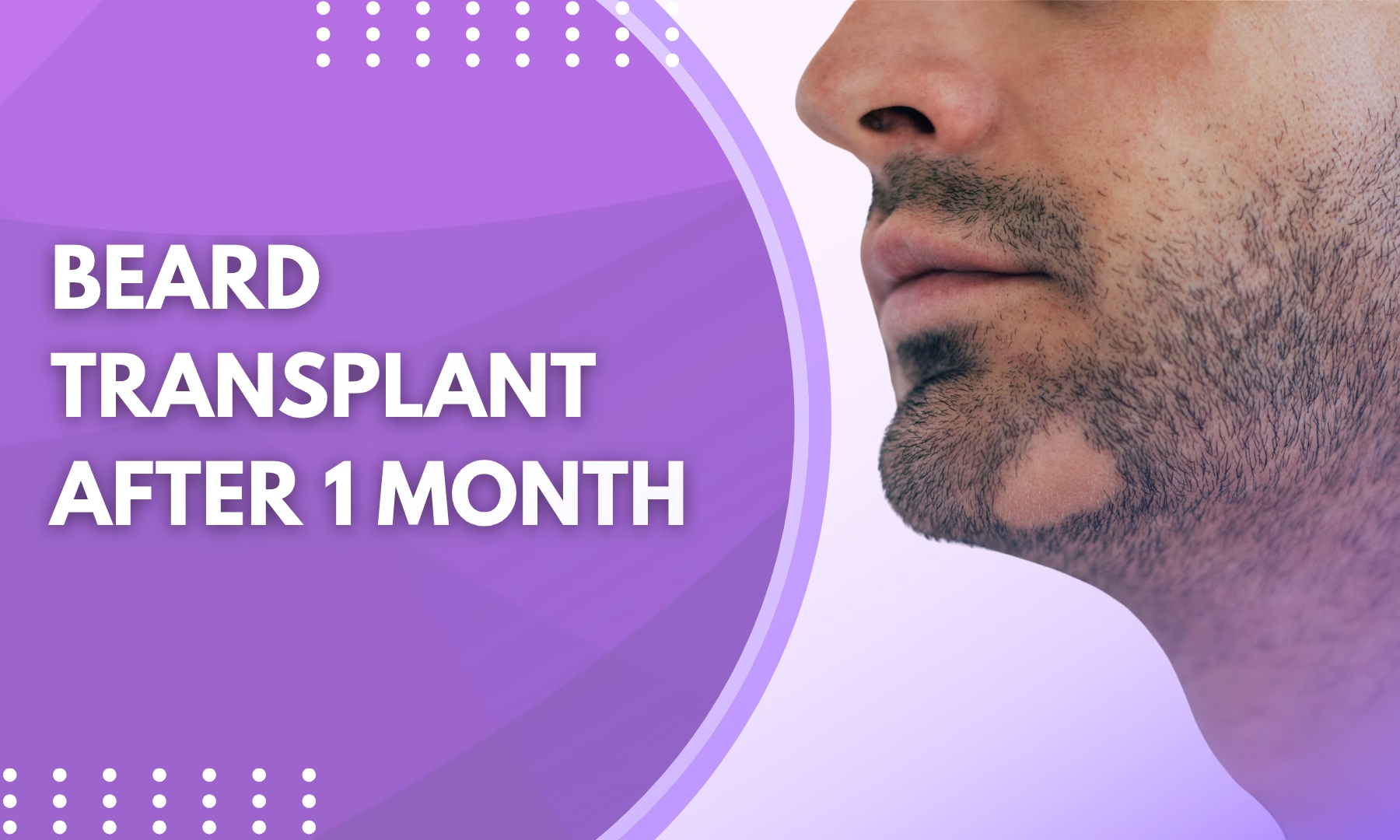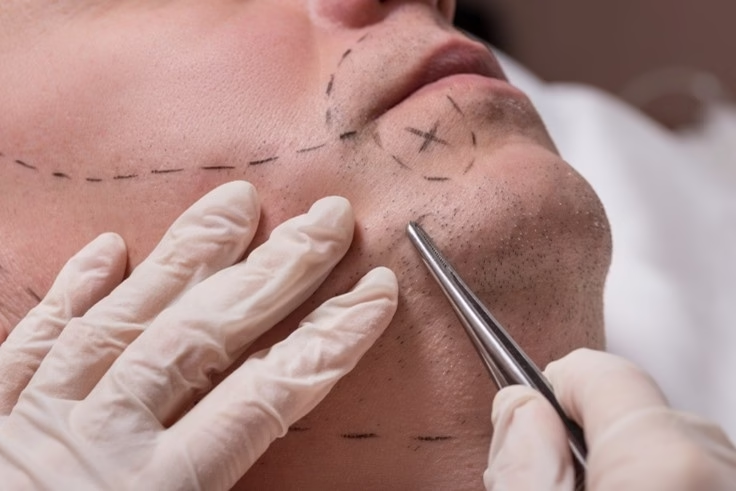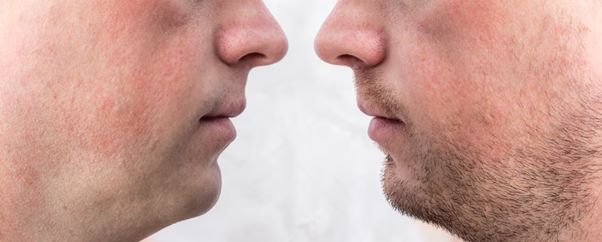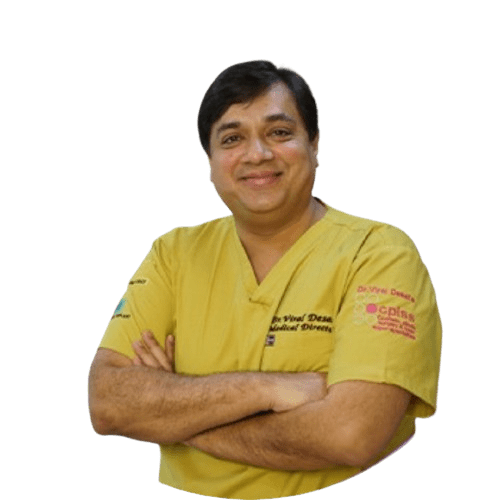
Beard transplants are a well-known procedure for men that want to obtain a fuller, more uniform beard line; however, it is crucial to understand the healing time so you can remain realistic in your expectations. One month after the procedure, healing is still ongoing, and noticeable changes are subtle but meaningful.
Dr. Viral Desai, one of the best hair transplant surgeon in Mumbai, has extensive experience in performing beard transplant procedures. He emphasizes the importance of patience during the early healing phases,
stating:
“Around the one-month stage, the transplanted hair goes through a shedding and regrowth cycle. This is completely normal and expected.”
Wait, what does this mean for your beard growth? Let’s break it down.
What to Expect for a Beard Transplant After 1 Month

At this point, many clients observe that:
- Most of the initial redness and scabbing has faded
- Some of the transplanted hairs may have fallen out (this is part of the natural cycle of regrowth)
- New hair growth may have just begun, growing in fine and thin
- Skin texture is continuing to honker down as the healing continues

It’s also important to know that during the first week, initial healing and mild shedding may occur. However, it takes another 4 to 6 months to see visible improvement, and the final density of the transplanted beard typically develops around 9 to 12 months.
Post-Operative Care for Beard Transplant After 1 Month
At the one-month stage, your skin and follicles are still stabilizing, so gentle care is essential to support healthy growth. While most major restrictions have eased, you should continue to follow mindful aftercare practices:
- Wash the beard area with a mild, surgeon-approved cleanser to keep your skin clean without any irritation.
- Keep your area of transplantation moisturized for at least the next month to reduce possible dryness and flakiness as the area continues to heal.
- Avoid scratching, rubbing, or pulling at new hairs—especially if the area feels itchy while the new hair is growing in.
- If you still have swelling, sleep with your head elevated if possible.
- Continue using your surgeon’s prevention plan for medications and topical treatment (if prescribed), whether that’s minoxidil or PRP.
- Unless otherwise advised by your surgeon, you can only do minor trimming; don’t shave too closely.
Taking care of the beard can significantly care for the beard to ensure the hair continues to grow in an optimal healthy fashion in the coming months.
What Activities Should You Avoid One Month After Beard Transplant?

- Shaving too closely (light trimming is typically okay)
- Heavy workouts that cause excessive sweating
- Sauna or steam rooms
- Direct sun exposure to the treated area
- Harsh beard grooming products
Dr. Viral Desai advises that keeping the area protected ensures healthier and more uniform regrowth while maintaining the long-term results of your beard transplant.

Challenges Faced 1 Month After Beard Transplant
It’s normal to experience some uncertainty during the one-month stage, as the beard may not look like the final result yet. Common challenges include:
Loss of Transplanted Hair
In this timeframe, many patients will notice it seems like their hair has fallen out. This is just part of the hair growth cycle and does not indicate failure. The hair follicles remain active underneath the skin and will begin to regrow more hair in a couple of months.
Patches or Uneven Appearance
The hair will grow in at varying rates. Some areas of the patient may look thicker than others, but this is comparatively equally thin for the time being. As the hair starts to regrow, unevenness will improve and new hair starts to grow in with volume.
Slow Initial Hair Growth
The newly added hair may feel softer and thinner at first. As hair matures, it thickens, darkens, and becomes more distinct.
Mild Numbness or Tightness
The nerve endings in the area are still healing and sensation will return on its own without treatment in time.
These challenges are part of the normal recovery timeline.
When to Consult a Surgeon

You should get in touch with your surgeon if you experience:
Persistent redness, swelling, or irritation that does not settle
Pus or unusual discharge, or foul smell that may be associated with infection
More or worsening pain rather improving gradually

Sudden hair loss in a greater magnitude than what you usually see
Visible bumps, cysts, or ingrown hairs that feel painful or inflamed
Patchiness that looks infected rather than naturally uneven
Conclusion
The beard transplant after 1 month stage is a period of patience and gradual progress. While you may not see full results yet, the foundation for long-term growth is being established. With expert surgical planning and proper care, the beard will continue to thicken and take shape over the coming months.
Choosing one of the skilled plastic surgeon in Mumbai like Dr. Viral Desai ensures that your procedure is performed with precision, aesthetic understanding, and long-term care guidance, helping you achieve natural and confident results.
Frequently Asked Questions
1. Is it normal for transplanted beard hair to fall out after one month?
Yes. Shedding is a natural part of the growth cycle and indicates that new hair is preparing to grow.
2. When will I see noticeable beard growth after a transplant?
Significant growth usually begins around 3–4 months, with final results visible by 9–12 months.
3. Can I shave my beard 1 month after the transplant?
Avoid close shaving. Light trimming with scissors is generally safe, but follow your surgeon’s advice.
4. Does chin liposuction leave scars?
Incisions are very small and typically hidden under the chin, becoming barely noticeable over time.
5. Can I apply beard oil one month after the transplant?
You should only use surgeon-approved products to avoid irritation or damage to delicate new follicles


